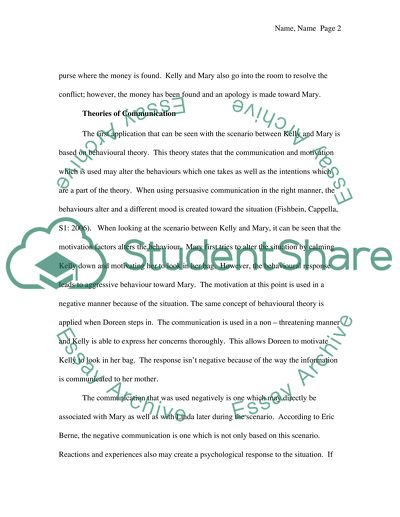Cite this document
(“Evaluate communication skills in role play Essay”, n.d.)
Retrieved from https://studentshare.org/environmental-studies/1407750-evaluate-communication-skills-in-role-play
Retrieved from https://studentshare.org/environmental-studies/1407750-evaluate-communication-skills-in-role-play
(Evaluate Communication Skills in Role Play Essay)
https://studentshare.org/environmental-studies/1407750-evaluate-communication-skills-in-role-play.
https://studentshare.org/environmental-studies/1407750-evaluate-communication-skills-in-role-play.
“Evaluate Communication Skills in Role Play Essay”, n.d. https://studentshare.org/environmental-studies/1407750-evaluate-communication-skills-in-role-play.


